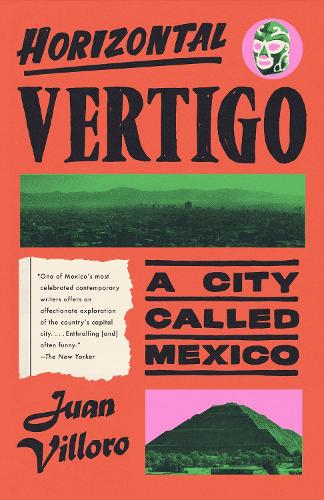Horizontal Vertigo by Juan Villoro is a unique non-fiction work that blends personal history, city history, and diary entries to create a multifaceted portrait of Mexico City. The book's scattershot approach and symbolic interpretations make it a compelling read, though it may not appeal to those seeking a traditional guided tour of the city.
As a reader primarily interested in fiction, I approached Horizontal Vertigo with caution, wary of non-fiction attempts to encapsulate an entire city. However, Villoro's work stands out due to its diary-like form and acknowledgment of the limitations of a single perspective. The book is part history of Mexico City, part personal history, and part diary, exploring themes such as the city's expansion due to earthquake fears, personal anecdotes, and broader historical and cultural contexts. Villoro's approach is symbolic and introspective, often using personal memories as a springboard for larger discussions about the city's history and culture. The book's wide-ranging content, from the history of statues and churches to political events and personal experiences, makes it a rich but challenging read. It doesn't require linear reading and can be enjoyed by diving into any section, as each entry stands on its own while contributing to the overall tapestry of Mexico City.
Quick quotes
Plans are not for us; our task is to decipher a mystery that is already in place. Horizontal Vertigo is part of that extended tradition, but it derives from a rigorously personal point of view. Martin Scorsese praised Woody Allen’s vision of New York because, among other things, it’s so different from his own. I’m putting forward an interpretation among millions of possible interpretations.
The contents of this book are difficult to encapsulate, if only because they are as wide-ranging as they are detailed.
The 1985 Earthquake, which “taught us a basic lesson, as old as the first human settlement: we are not the owners of the city,” according to Villoro, resides in close proximity to a humorous investigation of the role of the sign-in book at hotels and businesses, and why it still remains used though it’s so clearly of little use.
